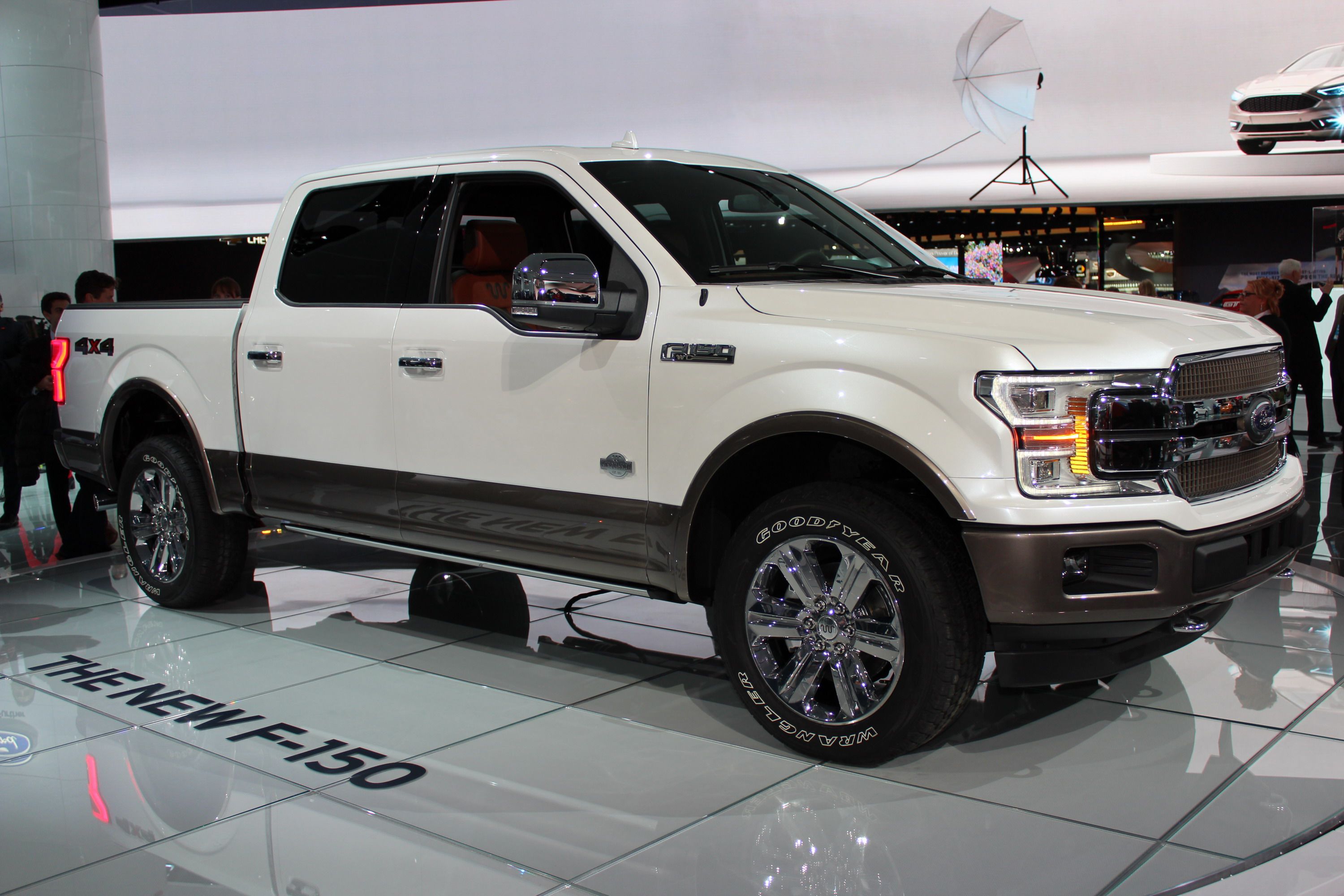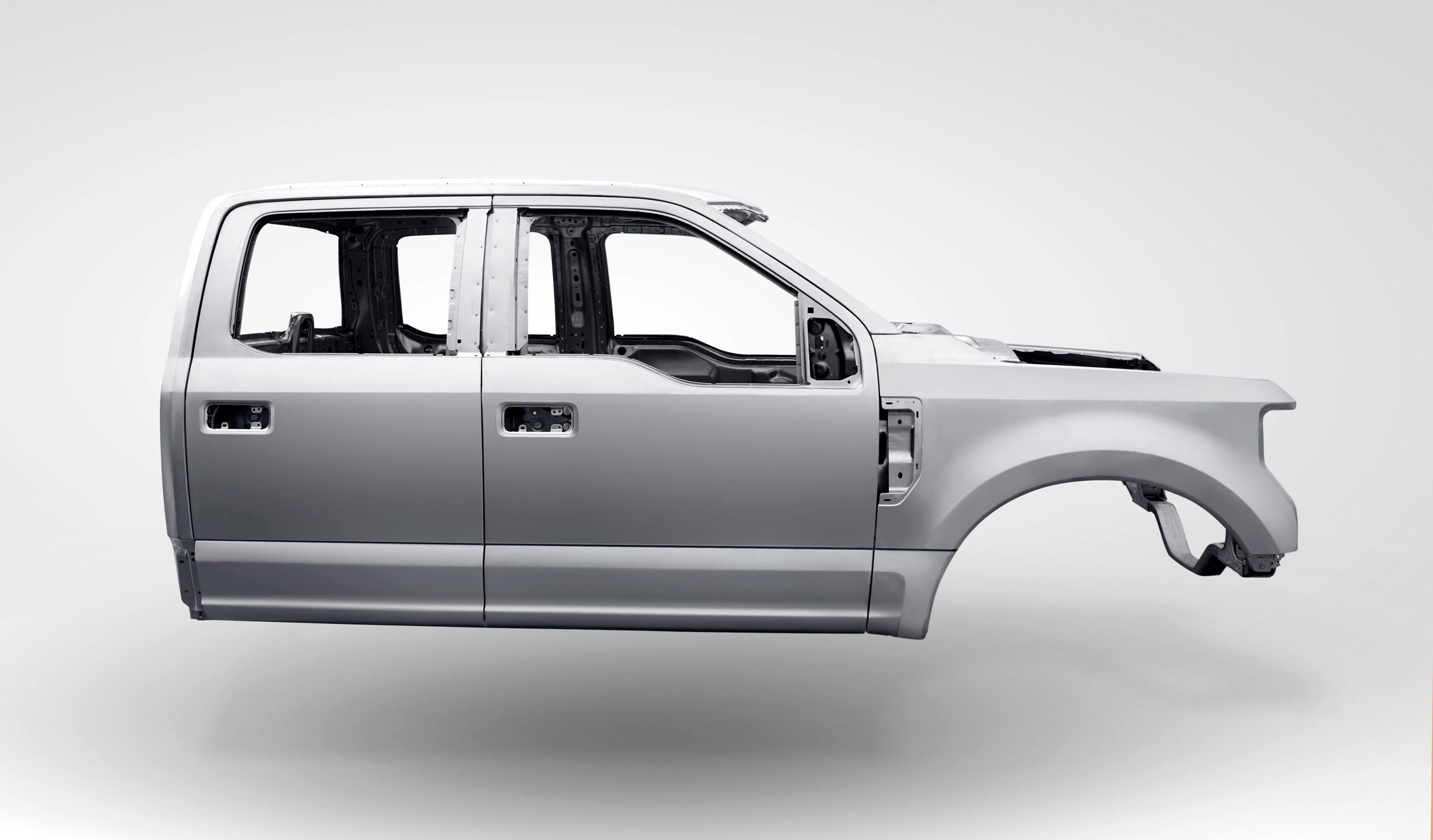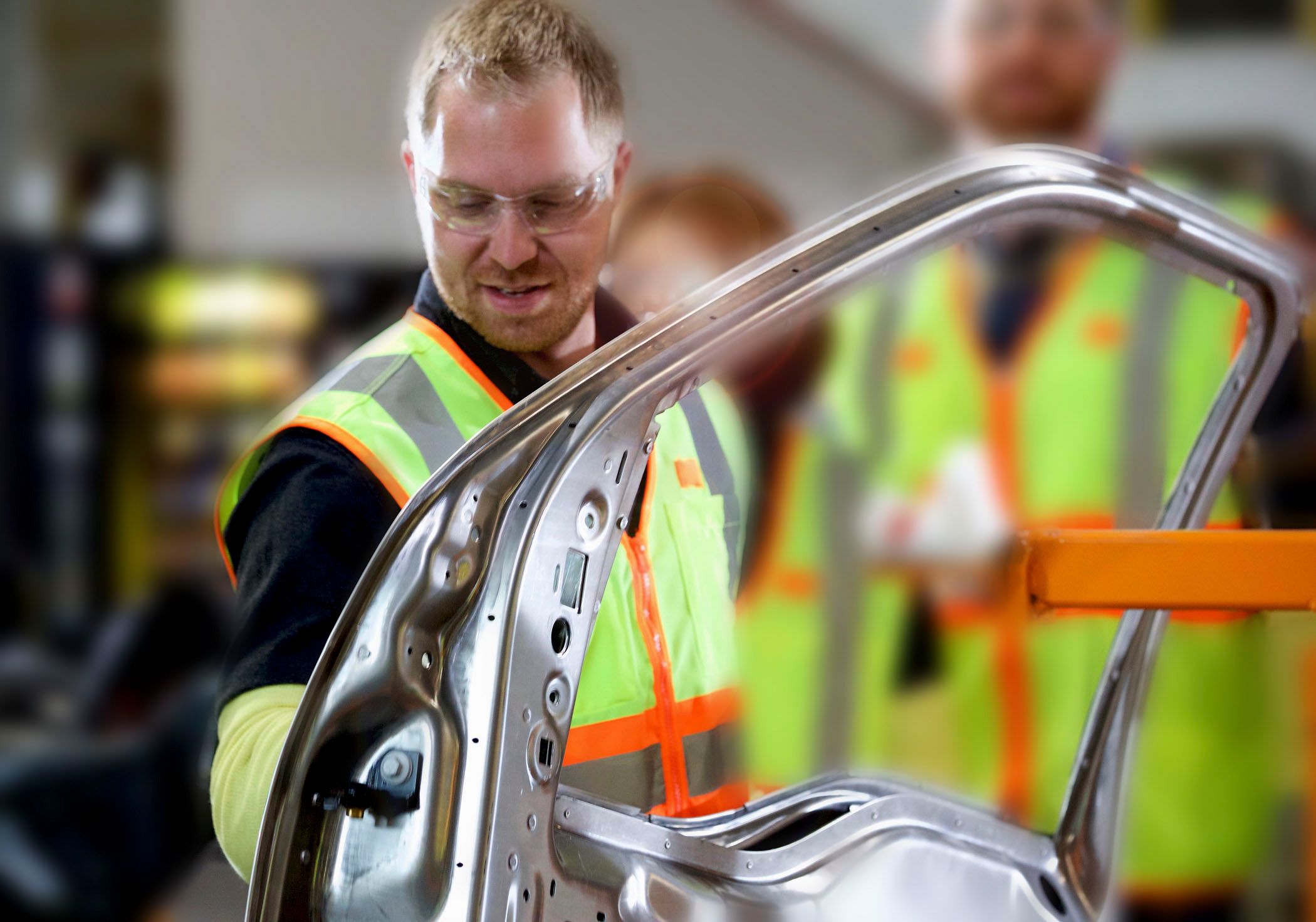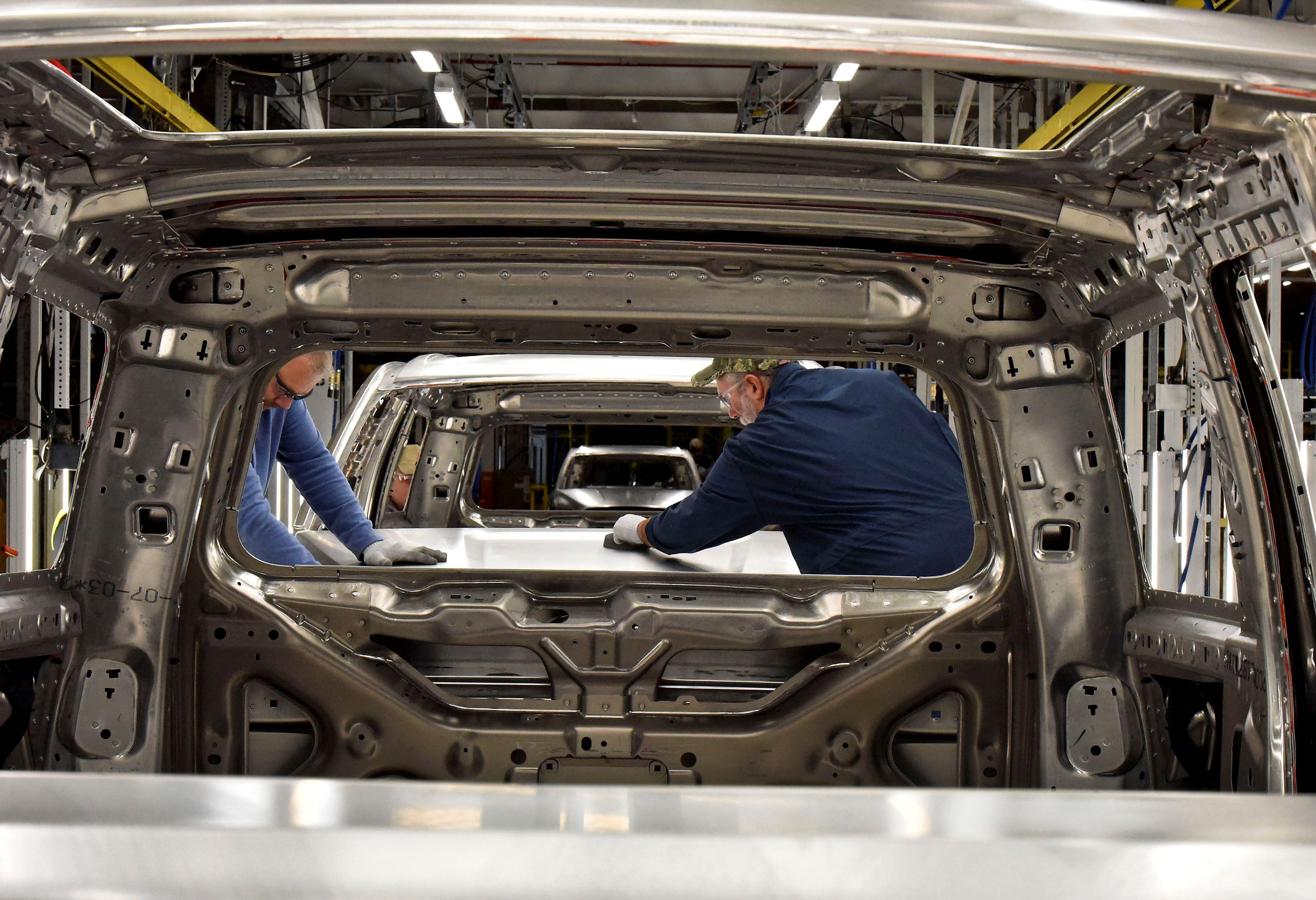Ford Motor Company posted a profit for the fourth quarter of 2017, but the numbers aren't as impressive as hoped. The Blue Oval is placing part of the blame on rising commodity costs.
Continue reading for the full story.
The Full Story
While still in the green, Ford missed the mark when it came to its quarterly net profit, resulting in disappointment among investors. Ford estimates that rising materials costs and currency volatility will end up costing the company as much as $1.6 billion this year. Ford's stock price took a dive following the announcement, tumbling after a one-year high.
One of the main culprits behind the shrunken profit is the rising cost of aluminum,which saw a 20-percent price increase in the last year, and an 11-percent increase since mid-December. Meanwhile, steel is also up, with prices rising 9 percent in the last year. If the Trump administration decides to levy tariffs on aluminum and steel imports, prices are expected to rise even higher.
Aluminum is Ford's lightweight material of choice. It's ideal for keeping vehicle curb weight low, which helps with both performance and fuel economy, but it's also more than three times as expensive as steel.
The widespread use of aluminum in Ford's vehicles means that the rising cost of the metal is affecting the company's bottom line more prominently than its steel-heavy rivals. For example, one of Ford's most important models, the F-150 pickup truck, is now made with an all-aluminum body, which shaves an impressive 700 pounds off the curb weight. Obviously, though, it also requires a good amount of the metal to produce, and with the F-150 representing nearly 35 percent of the brand's sales in the U.S., a rise in aluminum costs will put a big dent in profits. Practically all of Ford's profit came from trucks and SUVs sold in the North American market last year.
“When you looks at Ford in the context of the other automakers, aluminum drives a lot of their volume and I think that is the cause,” said Jeff Schuster, senior vice president of forecasting at auto consultancy LMC Automotive, in an interview with Reuters.
To make matters worse, there's been a steady decline in new-vehicle sales as of late, with U.S. numbers seeing a 2-percent dip last year.
Meanwhile, rivals like General Motors and Fiat Chrysler remain unperturbed, either because they rely more on steel, or because they simply chose not to highlight the rising metal prices as much as Ford.
References
Ford F-150
Read our full review on the 2018 Ford F-150.
Read more Ford news.




